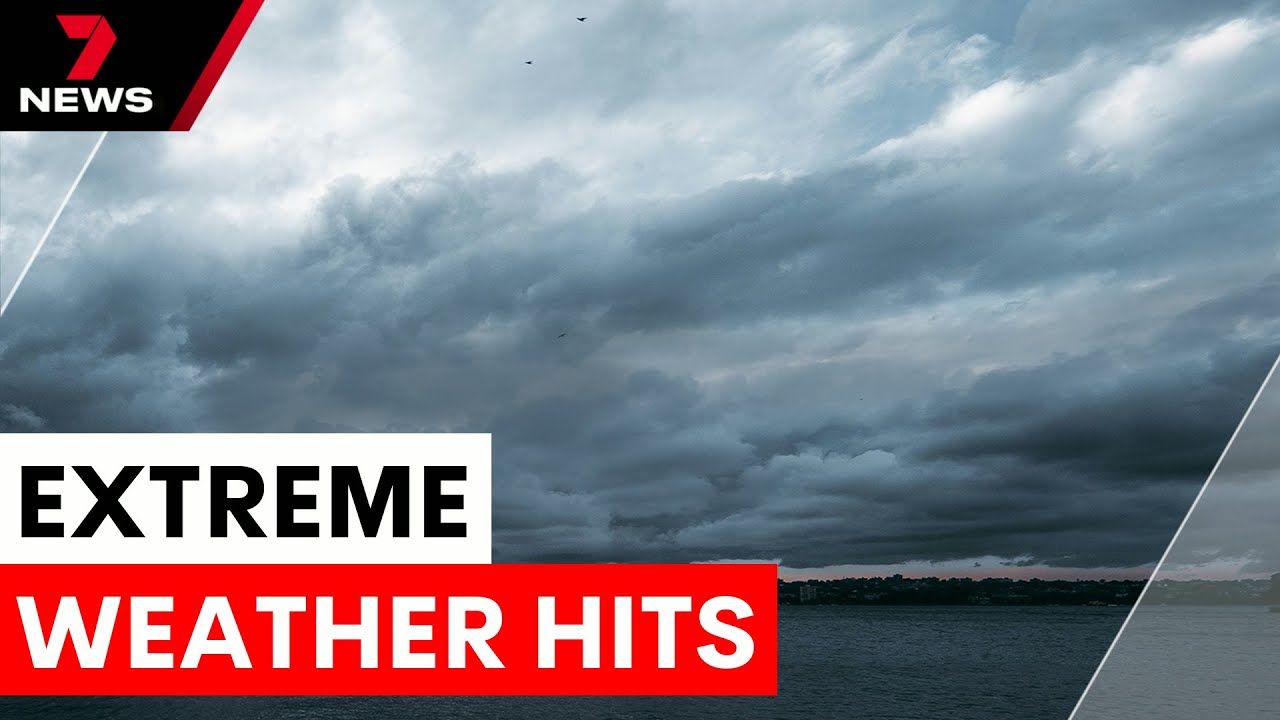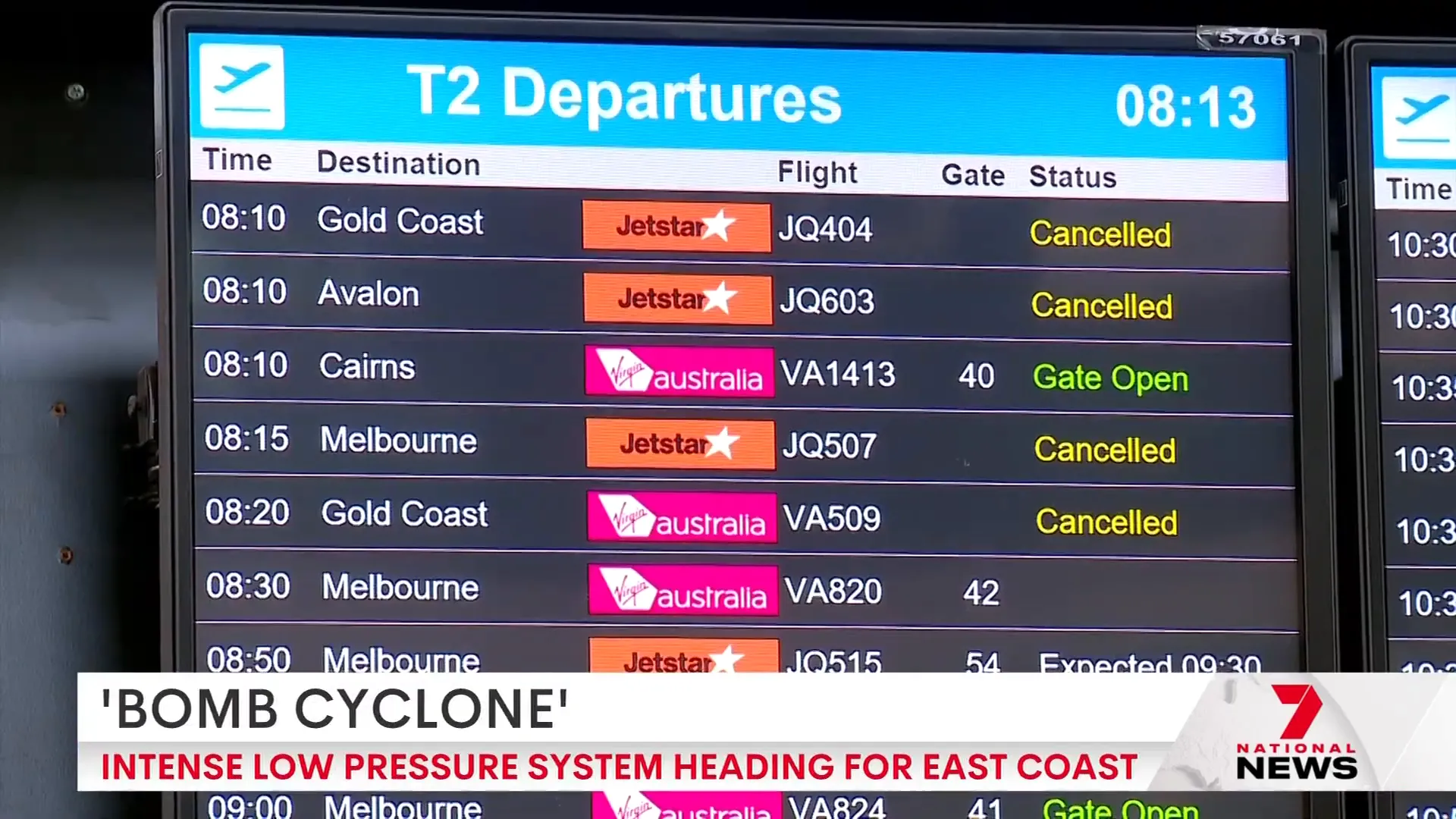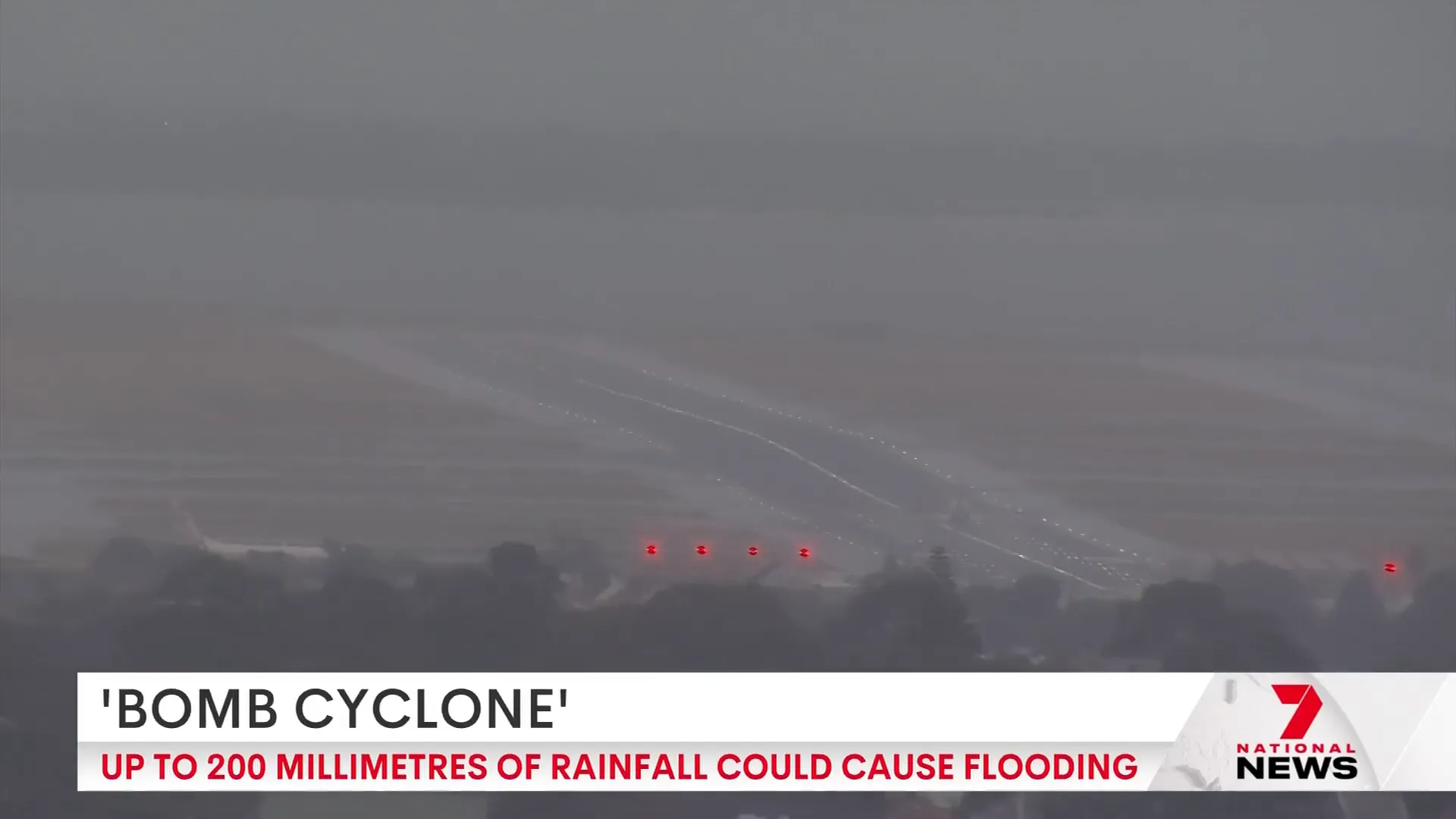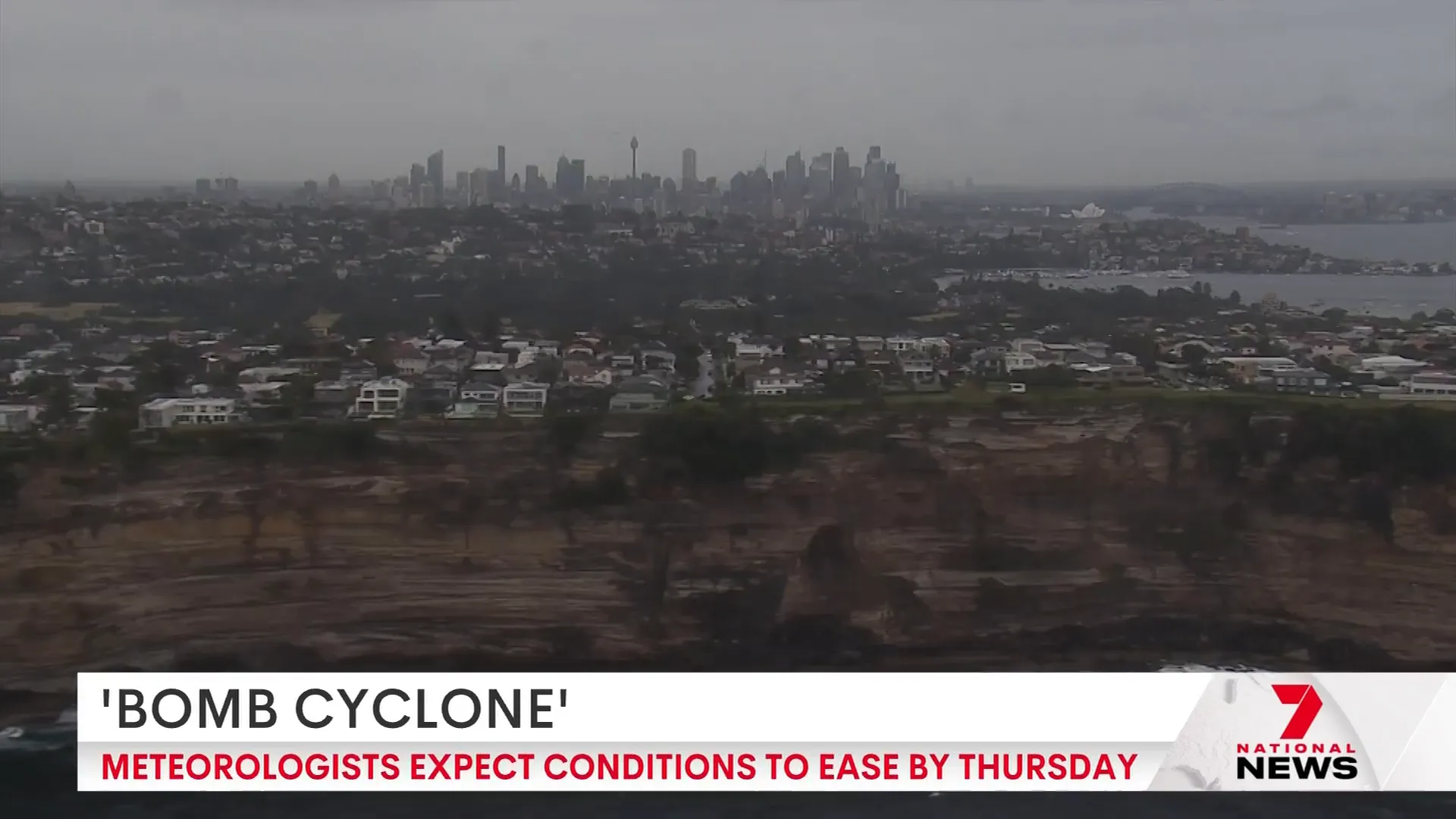Bomb Cyclone Hits Australia's East Coast: What You Need to Know

A powerful bomb cyclone is currently making its way towards Australia's east coast, bringing with it severe weather conditions that are impacting communities and travel across the region. As reported by 7NEWS Australia, this intense low pressure system is causing flood alerts, flight disruptions, and warnings of destructive winds, coastal erosion, and storm damage. Here’s everything you need to know about the developing situation and how it may affect you.
Table of Contents
- What Is a Bomb Cyclone and Why Is It Dangerous?
- Impact on Air Travel
- Warnings and Alerts from the SES
- Current and Expected Areas of Impact
- How to Stay Safe During the Bomb Cyclone
- Conclusion
- Frequently Asked Questions (FAQ)
What Is a Bomb Cyclone and Why Is It Dangerous?
A bomb cyclone refers to a rapidly intensifying low pressure system, where the atmospheric pressure drops dramatically in a short period. This leads to severe weather phenomena such as heavy rainfall, strong winds, and flash flooding. The current bomb cyclone approaching the New South Wales (NSW) East Coast is expected to intensify this afternoon, increasing the severity of its impacts.
Impact on Air Travel
The cyclone has already caused significant disruptions to air travel. According to reports from Sydney Airport, twenty-three domestic flights have been canceled so far this morning. Airlines are warning passengers that the situation is dynamic and evolving, and more cancellations or delays may occur as the weather worsens.
If you have plans to fly out of Sydney this afternoon, it’s crucial to stay updated on your flight status. And if your flight does depart, be prepared for a potentially turbulent journey due to the storm conditions.

Warnings and Alerts from the SES
The State Emergency Service (SES) has issued urgent warnings to residents along the NSW East Coast. They are advising everyone to prepare for:
- Flash flooding
- Coastal erosion
- Storm damage
- Destructive winds
In the last 24 hours, the SES has already received more than 900 calls for help and has mobilized personnel, trucks, and helicopters to key affected areas. Residents are strongly urged to stay alert and keep up to date with the latest information from emergency services.

Current and Expected Areas of Impact
At present, the most intense impacts are being felt in the mid North Coast region. However, effects are already noticeable in Sydney, Illawarra, and further down the coast. As the cyclone moves southwards, these areas can expect worsening conditions from mid-afternoon today through tonight and into tomorrow.
Coastal catchments, especially along the Hawkesbury-Nepean River, are expected to be placed under flood warnings in the coming days. Additionally, the Warragamba Dam is predicted to spill by the end of this week, which could contribute to further flooding risks downstream.

How to Stay Safe During the Bomb Cyclone
Given the escalating severity of the storm, here are some important safety tips for residents and travellers:
- Stay informed: Regularly check updates from the SES and local authorities.
- Prepare your property: Secure outdoor items and clear drains if possible.
- Avoid flood-prone areas: Do not attempt to drive or walk through flooded roads.
- Follow travel advisories: Be prepared for flight disruptions and possible travel delays.
- Have an emergency kit ready: Include essentials like water, food, medications, and important documents.
Conclusion
The bomb cyclone approaching Australia's east coast is a serious weather event with the potential to cause widespread disruption and damage. With flood alerts active and destructive winds expected, it is essential for everyone in the affected areas to heed warnings, prepare accordingly, and stay updated through official channels.
Whether you are a resident on the NSW coast or planning to travel, keeping informed and taking precautionary measures can make all the difference in staying safe during this intense storm.
Frequently Asked Questions (FAQ)
What is a bomb cyclone?
A bomb cyclone is a rapidly intensifying low pressure system characterized by a sharp drop in atmospheric pressure, leading to severe weather such as strong winds, heavy rain, and flooding.
Which areas are most affected by the current bomb cyclone?
The mid North Coast of NSW is currently the hardest hit, with impacts spreading to Sydney, Illawarra, and the South Coast as the storm moves southwards.
How many flights have been canceled due to the bomb cyclone?
So far, twenty-three domestic flights have been canceled this morning, with more disruptions expected as the storm intensifies.
What should residents do to prepare for the storm?
Residents should stay informed via SES updates, secure their property, avoid flood-prone areas, and have an emergency kit ready.
Is the Warragamba Dam expected to overflow due to the cyclone?
Yes, the Warragamba Dam is expected to spill by the end of the week, which could increase flood risks downstream.